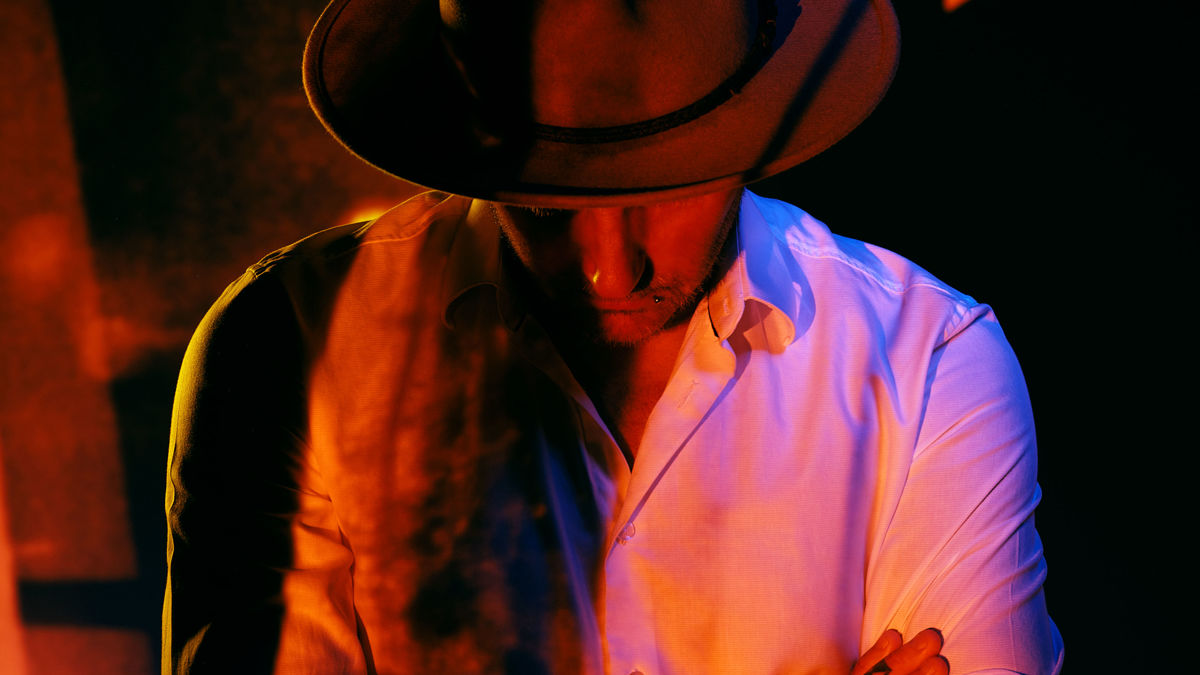Andrew Holmes: Life is suite
Continuing our look at shots Awards APAC, now open for entries, we speak to last year's Editor of the Year about the pleasures, pitfalls and latent powers to be found in the editing suite - at the heart of every film project.
Heckler’s Andrew Holmes is a widely awarded editor with more than two decades’ experience in honing high-end spots, shorts, documentaries and music videos.
As winner of Editor of the Year at shots Asia Pacific Awards 2023 (on top of bagging two golds for Best Editing) he talks about that most pivotal of roles in a film’s journey from conception to screen.
How does it feel to be named Editor of the Year?
I am so excited, humbled, but mostly incredibly proud.
It’s testament to the amazing collaborations myself and Heckler have had over the past 12-15 months.
It’s always nice to be recognised for your craft, but what truly fuels me is the next opportunity.
What was your entry into the industry?
At school, our art department had one of the first Mac computers, which had Photoshop. This was my introduction to digital design and I loved it.
I studied graphic design at university and it was there I discovered a passion for editing and film. I was in the right place at the right time; we were part of the first wave transitioning from analogue to digital, which provided greater flexibility and experimentation and allowed for more creativity and exploration. For the first time, we could instantly preview, cut, copy and rearrange scenes that revolutionised the creative workflow.
[Photoshop] was my introduction to digital design and I loved it.
While at uni, I was heavily involved in the New Zealand music scene, directing and editing videos, designing posters, album covers, websites and directing short films. This gave me a really broad skill set and helped me build a strong portfolio of work, which played an integral role in helping me to land my first job in the creative industry.
Credits
powered by
- Agency DDB/Auckland
- Production Company FINCH
- Director Kyra Bartley
-
-
Unlock full credits and more with a Source + shots membership.
Credits
powered by
- Agency DDB/Auckland
- Production Company FINCH
- Director Kyra Bartley
- Casting Catch Casting
- Editing/Post Production Heckler
- Group Chief Creative Officer Matty Burton
- Executive Creative Director Aaron Goldring
- Managing Director Corey Esse
- Executive Producer Rebekah (Bex) Kelly
- Senior Producer Charlotte Glennon
- Copywriter Gaelyn Churchill
- Producer Duncan Bernard
- DP Maria-Ines Manchego
- Senior Art Director Pete Wujkowski
- Executive Producer Will Alexander
- Senior Producer Coralie Tapper
- Design Director Gina Wagstaffe
- Editor Andrew Holmes
- Composer Lennert Busch
- Sound Designer/Audio Mixer Cam Ballantyne
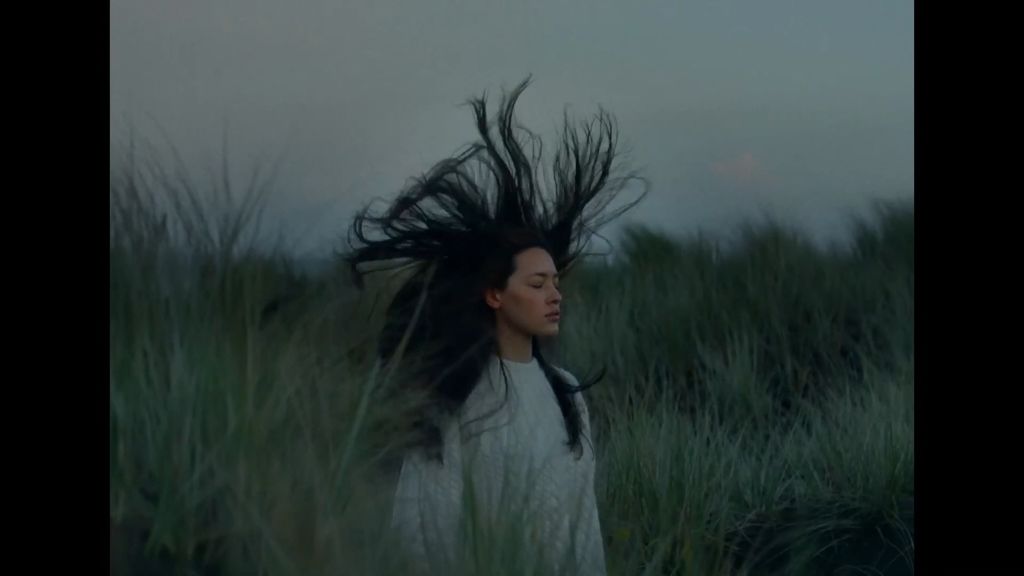
Credits
powered by
- Agency DDB/Auckland
- Production Company FINCH
- Director Kyra Bartley
- Casting Catch Casting
- Editing/Post Production Heckler
- Group Chief Creative Officer Matty Burton
- Executive Creative Director Aaron Goldring
- Managing Director Corey Esse
- Executive Producer Rebekah (Bex) Kelly
- Senior Producer Charlotte Glennon
- Copywriter Gaelyn Churchill
- Producer Duncan Bernard
- DP Maria-Ines Manchego
- Senior Art Director Pete Wujkowski
- Executive Producer Will Alexander
- Senior Producer Coralie Tapper
- Design Director Gina Wagstaffe
- Editor Andrew Holmes
- Composer Lennert Busch
- Sound Designer/Audio Mixer Cam Ballantyne
Do you have a style or signature as an editor?
While structuring a compelling visual narrative is critical, I like to experiment with sound. Being a musician has always helped me as an editor. Music and sound design are so important. They help me to build out the structure, to explore rhythm, pace, shape, emotion and mood.
Visuals, music and soundscapes are all tools that guide me to the destination.
All the beats of the story can be mapped, theoretically, with music. Alternatively, there are times, when editing narrative work, where I work purely with visuals and no sound. Visuals, music and soundscapes are all tools that guide me to the destination, but ultimately the final visual narrative has to be strong enough to work on its own.
What impact has tech innovation had on editing?
A lot of editors are using the cloud and dabbling with AI. It’s like having an assistant; auto-transcription, face recognition and colour grading. The downside? The learning curve gets steeper with every new update.
The upside is that tech waves have transformed the editing suite into a digital playground. We’re faster, fancier, and collaborating like never before.
Credits
powered by
- Agency HERO/Melbourne
- Production Company Scoundrel
- Director Toby Pike
-
-
Unlock full credits and more with a Source + shots membership.
Credits
powered by
- Agency HERO/Melbourne
- Production Company Scoundrel
- Director Toby Pike
- Editing Heckler
- Animation Mighty Nice
- Sound & Music Squeak E Clean Studios/Australia
- Copywriter Anneliese Sullivan
- Copywriter Will Fox
- Executive Producer Adrian Shapiro
- Executive Producer Kate Gooden
- Creative Director Andrew Woodhead
- Creative Director Pat Langton
- Producer Alex Tizzard
- DP Stefan Duscio
- Executive Creative Director Shane Geffen
- Producer Margot Ger
- Production Designer Jackson Dickie
- Editor Andrew Holmes
- Executive Producer Tina Braham
- Illustration James Jirat Patradoon
- Producer Diana Angelius
- Head of Studio Ben Seager
- Executive Creative Director Darren Price
- 2D Animation Director Alex Grigg
- Sound Engineer Paul Le Couteur
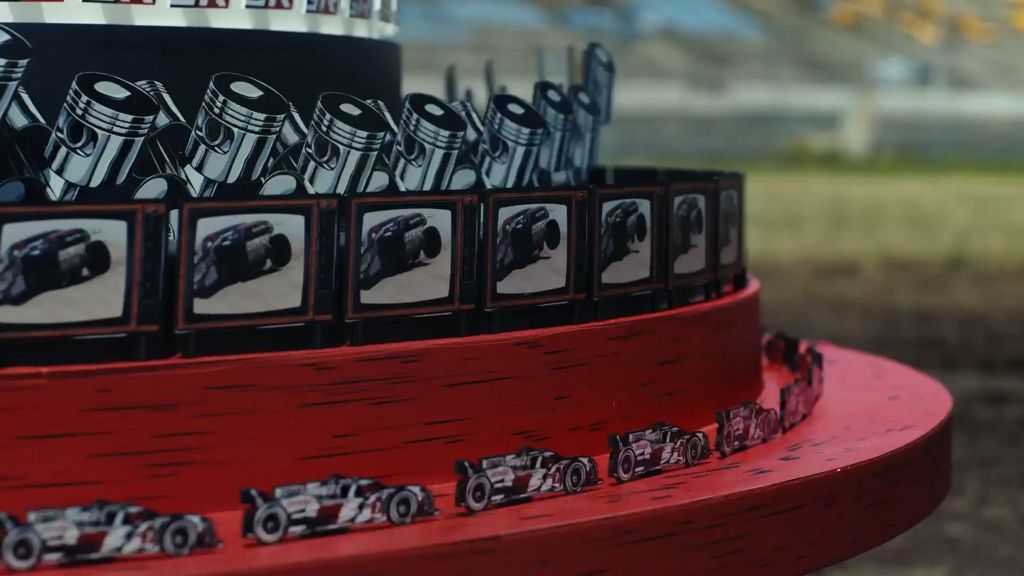
Credits
powered by
- Agency HERO/Melbourne
- Production Company Scoundrel
- Director Toby Pike
- Editing Heckler
- Animation Mighty Nice
- Sound & Music Squeak E Clean Studios/Australia
- Copywriter Anneliese Sullivan
- Copywriter Will Fox
- Executive Producer Adrian Shapiro
- Executive Producer Kate Gooden
- Creative Director Andrew Woodhead
- Creative Director Pat Langton
- Producer Alex Tizzard
- DP Stefan Duscio
- Executive Creative Director Shane Geffen
- Producer Margot Ger
- Production Designer Jackson Dickie
- Editor Andrew Holmes
- Executive Producer Tina Braham
- Illustration James Jirat Patradoon
- Producer Diana Angelius
- Head of Studio Ben Seager
- Executive Creative Director Darren Price
- 2D Animation Director Alex Grigg
- Sound Engineer Paul Le Couteur
Are there trends that come and go – and how do you respond to them?
It’s an ever-evolving world, especially with social media trends and shorter attention spans. Brands recognise the need to capture viewers’ attention quickly, so commercial editing has adapted to shorter, more dynamic formats. Emotional storytelling and character development have become more common, with brands looking to create a deeper connection with viewers.
The spots that stand the test of time are the ones that tell a compelling story.
The spots that stand the test of time are the ones that tell a compelling story and grab the viewer visually, regardless of the format or stylistic trends. Good spots will always find a connection.
How important is the spirit of collaboration to the filmmaking process?
People who bring passion and energy into a project can help drive creative thinking and produce a stronger outcome. There’s always going to be creative differences in filmmaking – that’s where your communication skills become really important. You need to listen and understand the big picture – the vision and the process the director and the creatives have already gone through. By doing this, I’m able to understand the limitations we have to work within but also what creative opportunities we can explore. Communication is key.
Credits
powered by
- Agency TLGG Agency/Berlin
- Production Company Iconoclast Germany
- Director Stefan Jose
-
-
Unlock full credits and more with a Source + shots membership.
Credits
powered by
- Agency TLGG Agency/Berlin
- Production Company Iconoclast Germany
- Director Stefan Jose
- Executive Producer Jan Dressler
- Sound Design/Audio Post/Edit/Music/Post Heckler
- Editor Andrew Holmes
- Executive Producer Will Alexander
- Lead Compositor Bertrand Polivka
- Executive Producer Bonnie Law
- Creative Director Johnny Green
- Sound Designer Dave Robertson
- Design Director Gina Wagstaffe
- Compositor Nitin Amin
- Assistant Editor Daniel Page
- Sound Project Coordinator Jack Okeby
- Creative Director Felix Stock
- Producer Anna Frommberger-Oatman
- Creative Director Frauke Sichma
- DP Stefan Jose
- Senior Art Director Alejandro Marquez
- Managing Director Hannes Gartner
- Producer Sarah Hawkins
- Post Supervisor Jens Maier-Rothe
- Post Producer Coralie Tapper
- Colorist Fergus Rotherham
- Online Artist Soren Dyne
- Composer Dustin Lau
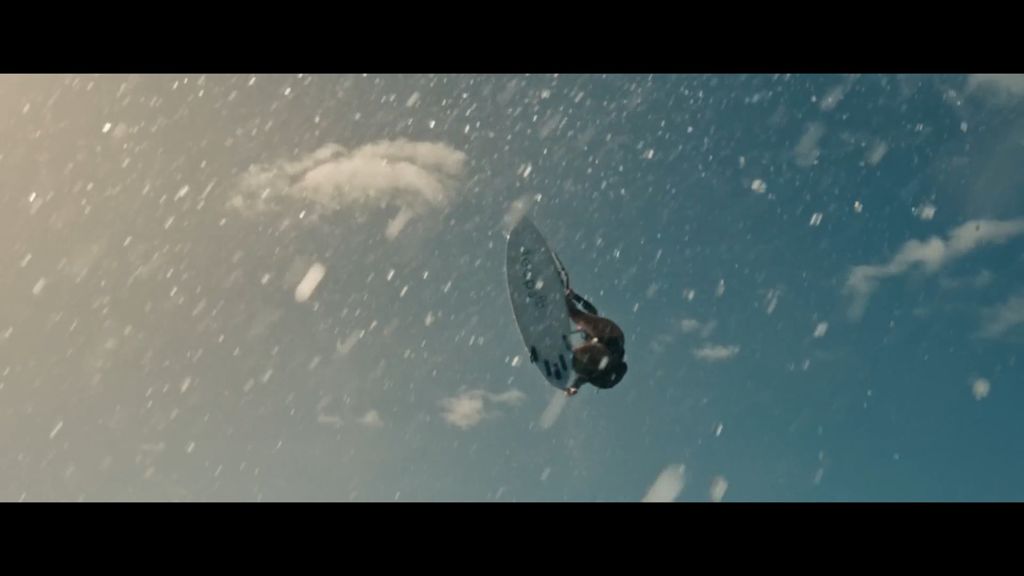
Credits
powered by
- Agency TLGG Agency/Berlin
- Production Company Iconoclast Germany
- Director Stefan Jose
- Executive Producer Jan Dressler
- Sound Design/Audio Post/Edit/Music/Post Heckler
- Editor Andrew Holmes
- Executive Producer Will Alexander
- Lead Compositor Bertrand Polivka
- Executive Producer Bonnie Law
- Creative Director Johnny Green
- Sound Designer Dave Robertson
- Design Director Gina Wagstaffe
- Compositor Nitin Amin
- Assistant Editor Daniel Page
- Sound Project Coordinator Jack Okeby
- Creative Director Felix Stock
- Producer Anna Frommberger-Oatman
- Creative Director Frauke Sichma
- DP Stefan Jose
- Senior Art Director Alejandro Marquez
- Managing Director Hannes Gartner
- Producer Sarah Hawkins
- Post Supervisor Jens Maier-Rothe
- Post Producer Coralie Tapper
- Colorist Fergus Rotherham
- Online Artist Soren Dyne
- Composer Dustin Lau
Does your approach to editing spots, music videos and longform differ?
30-second spots need precision and impact. You’re throwing punches with every cut, making sure it’s a knockout. With videos, you’re not just telling a story, you’re choreographing it to the beat. It’s a visual jam session.
Can a good edit rescue a hot mess of a film? Absolutely!
Long-form documentaries are more like a marathon, not a sprint. Story arcs, character development, emotional roller coasters – you’re building a narrative skyscraper. Patience is key. It’s about the slow burn, the subtle nuances and letting the story breathe.
Can a good edit save a flawed film, and can a bad edit ruin a good one?
Can a good edit rescue a hot mess of a film? Absolutely! You trim the fat, fix pacing issues, smooth out awkward scenes, and suddenly it’s not a disaster anymore. Conversely, can a bad edit ruin a masterpiece? 100 per cent! Strange cuts, awkward transitions, the wrong pacing. Your epic blockbuster feels like a low-budget student film.
Some might say we’re the unsung heroes, the architects, the puppet masters behind the scenes. We shape the narrative, dial in the emotions, and make sure the story hits the right tone and feel. Ultimately though, it’s a team effort. Directors, cinematographers, sound designers —we’re like the maestros of the symphony, conducting the flow, but everyone’s got their instrument to play.
Credits
powered by
-
- Production Company Simon & Paul
- Director Anthony Capristo
-
-
Unlock full credits and more with a Source + shots membership.
Credits
powered by
- Production Company Simon & Paul
- Director Anthony Capristo
- Color Studio Feather
- Executive Producer Simon Fessler
- DP Marco Schott
- Production Designer/Stylist Ricarda Venjacob
- Editor Andrew Holmes
- Colorist Ana Escorse
- Post Production Supervisor Jorn Schumann
- VFX Henning Himmelreich
- Music/Sound Design Seiji Champollion

Credits
powered by
- Production Company Simon & Paul
- Director Anthony Capristo
- Color Studio Feather
- Executive Producer Simon Fessler
- DP Marco Schott
- Production Designer/Stylist Ricarda Venjacob
- Editor Andrew Holmes
- Colorist Ana Escorse
- Post Production Supervisor Jorn Schumann
- VFX Henning Himmelreich
- Music/Sound Design Seiji Champollion
What’s your take on work coming out of APAC in the past year?
It has been seriously amazing. It’s all about diversity, that’s the real heartbeat of the place. Loads of fresh cultural stories are popping up, and they’re hitting a chord worldwide. There’s a lot of experimentation, a willingness to push the boundaries of conventional storytelling.
The accessibility of advanced filmmaking tools has made it easier for emerging talents to get their stories out, while emerging technologies like virtual production and AI-driven enhancements are pushing the boundaries of what’s visually achievable.
I love seeing new talent come through every year.
Filmmakers are embracing authenticity and portraying nuanced perspectives, which contributes to a more inclusive representation of the Asia Pacific region in global cinema.
Are there areas where things could improve?
Creating more spaces and online communities for collaboration would lead to more innovative and diverse narratives. I love seeing new talent come through every year, and while progress has been made, there’s an ongoing need to ensure that under-represented voices are not only heard but actively included.
This inclusivity contributes not only to a more authentic representation of narratives but also to a richer creative landscape.
)
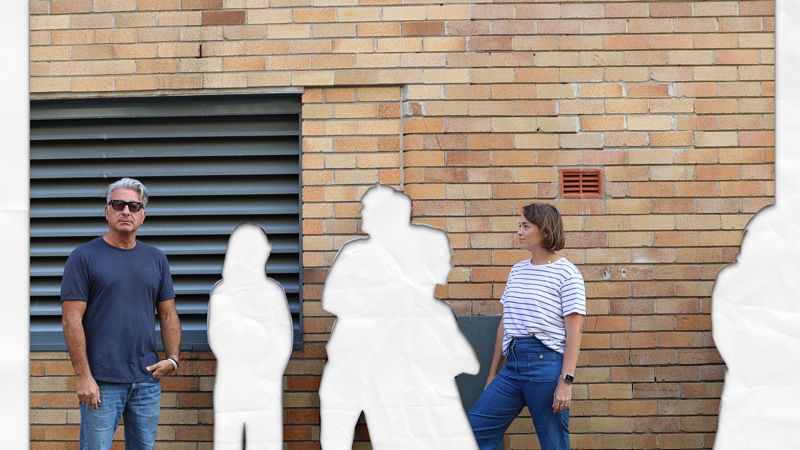



 + membership
+ membership







